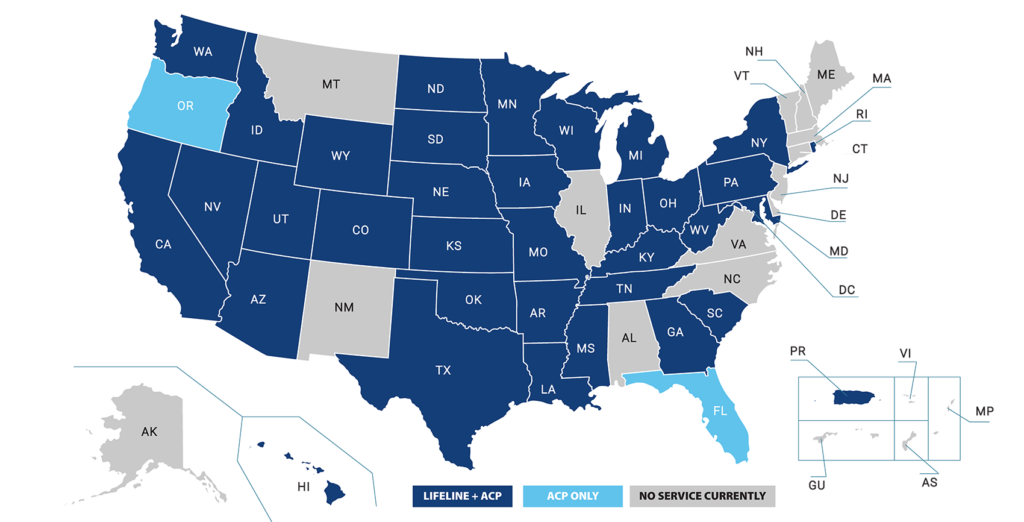Logistics is an integral part of any modern business, serving as the backbone of supply chain management. At the heart of this process is the logistics network, a complex system of interconnected nodes that facilitate the flow of goods and services from point A to point B. Understanding the logistics network is essential for any organization that wants to optimize its operations, improve efficiency, and ultimately achieve success in today’s competitive market.
A logistics network typically consists of several components, including transportation, warehousing, and inventory management. These components work together to ensure that products are delivered from the point of origin to the point of consumption in the most cost-effective and timely manner possible. By optimizing these components, businesses can reduce lead times, minimize inventory costs, and improve customer satisfaction. In this article, we will explore the logistics network in more detail, examining its key components, benefits, and challenges, and providing insights on how businesses can improve their logistics operations to achieve greater success.

What is a Logistics Network?
Logistics networks are a set of systems and processes that allow companies to optimize their supply chain and transportation operations. They involve a variety of activities, including inventory management, transportation planning, and warehousing. Logistics networks can be used to reduce costs and improve productivity in the delivery of goods and services.
Inventory Management
Inventory management is an essential part of a logistics network. It involves managing the storage, movement, and tracking of inventory. This includes managing stock levels, tracking orders, and tracking stock levels and movements. This can help companies reduce costs and optimize their supply chain.
Inventory management systems can also be used to track products from point of origin to point of delivery. This can help companies minimize waste and reduce costs. Additionally, inventory management systems can help companies ensure that the right products are delivered to the right place at the right time.
Transportation Planning
Transportation planning is a key component of a logistics network. This involves planning and scheduling the movement of goods and services from point of origin to point of delivery. This includes selecting the most cost effective and efficient routes, as well as selecting the most appropriate mode of transport.
Transportation planning also involves coordinating with various suppliers, carriers, and other stakeholders in the supply chain. This can help companies reduce costs and optimize their supply chain. Additionally, transportation planning can help companies ensure that their goods and services are delivered on time, and in the most cost-effective manner.
Warehousing
Warehousing is an integral part of a logistics network. This involves storing, managing and distributing goods and services from point of origin to point of delivery. This includes managing and tracking inventory levels, as well as managing and controlling stock levels.
Warehousing can help companies reduce costs and optimize their supply chain. Additionally, warehousing can help companies ensure that their goods and services are delivered on time, and in the most cost-effective manner. Warehousing can also help companies ensure that their goods and services are stored in the most secure and efficient manner.
Frequently Asked Questions
A logistics network is a system of transportation, storage, and delivery services which are used to move goods from one place to another. Logistics networks are an integral part of the supply chain and are used to ensure goods arrive to their destination in a timely and cost-effective manner.
What is a Logistics Network?
A logistics network is a system of transportation and delivery services that are used to move goods from one place to another. The logistics network generally consists of a variety of transportation modes, such as trucks, trains, and ships, as well as storage facilities and other services, such as customs clearance and packaging. The aim of a logistics network is to ensure goods arrive safely and quickly to their destination, at a cost-effective rate.
What are the Benefits of a Logistics Network?
The main benefit of a logistics network is that it allows businesses to efficiently and cost-effectively move goods from one place to another. Logistics networks can help businesses reduce costs by optimizing transportation routes, improving inventory management, and streamlining the delivery process. Additionally, a well-designed logistics network can help businesses reduce their environmental footprint by reducing the number of trucks, trains, and ships used to transport goods.
What are the Components of a Logistics Network?
The components of a logistics network typically include transportation modes, such as trucks, trains, and ships, as well as storage facilities and other services, such as customs clearance and packaging. Additionally, many logistics networks also include technology solutions, such as tracking and monitoring systems and route optimization software. These technology solutions help businesses track and monitor their shipments, as well as optimize their transportation routes.
How is a Logistics Network Managed?
A logistics network is typically managed by a logistics manager or team. The logistics manager is responsible for overseeing all aspects of the logistics network, including transportation, storage, and delivery services. Additionally, the logistics manager is responsible for coordinating with other departments, such as purchasing and sales, to ensure that goods are delivered in a timely and cost-effective manner.
What are the Challenges of a Logistics Network?
Despite the many advantages of a logistics network, there are also some challenges associated with it. The most common challenge is that of managing a complex network of transportation and delivery services. Additionally, logistics networks often require a significant amount of coordination between different departments, such as purchasing and sales, which can be time-consuming and complicated. Furthermore, logistics networks often require significant investments in technology solutions, such as route optimization software and tracking systems, which can be costly.
In conclusion, a logistics network is a critical element in the success of any business that involves the movement of goods and services. It ensures that products are delivered efficiently and effectively to their intended destinations, at the right time and at the lowest cost possible. By optimizing the flow of goods and services, a company can enhance its competitive advantage, improve customer satisfaction, and ultimately, increase profitability.
To develop a robust logistics network, businesses must consider several factors such as transportation modes, inventory management, and distribution channels. A well-designed logistics network can help companies to streamline their operations, reduce costs, and improve their overall supply chain performance. Therefore, it is essential for businesses to invest in logistics network planning and design to achieve operational excellence, and remain competitive in today’s fast-paced business environment.



